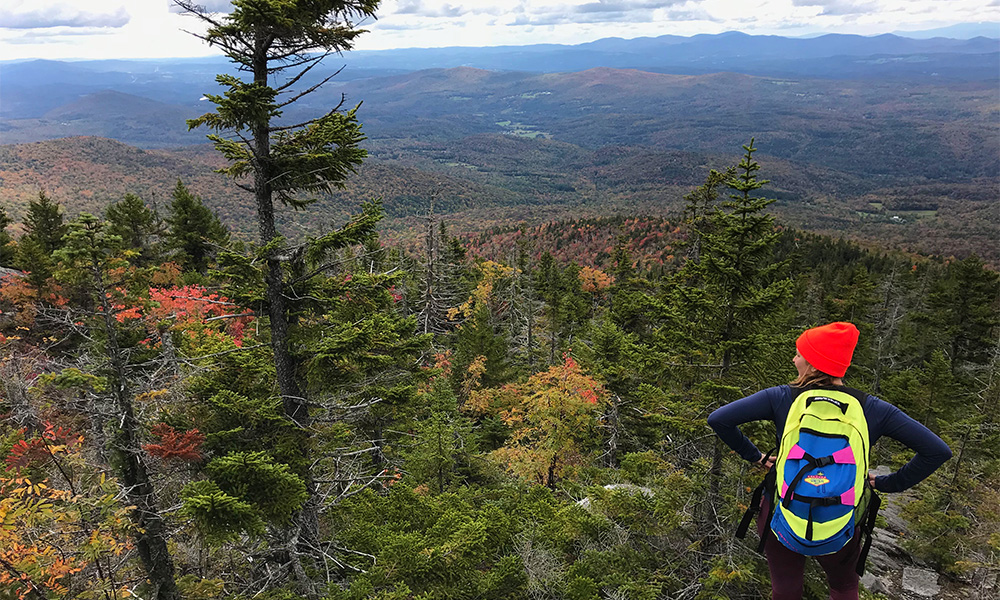Combining Protection of Biodiversity with Conservation of Ecosystem Services Reduces Costs
Nov. 4th 2020In the past few decades, the need to protect land has become an increasingly important environmental imperative. With rising populations, increasing urbanization, and continued use of natural resources for products, natural landscapes are shrinking. At the same time, there is a growing awareness of the benefits of nature for human beings. These benefits are called ecosystem services (ES) and range from natural flood protection provided by wetlands and forested headwaters to the enjoyment of walks in nature.
As people and institutions have become more aware of the need to protect ES, they have begun protecting places that offer the strongest ES. Although this does protect natural habitats, it is a shift from traditional conservation goals focused on species protection. Carefully choosing where to protect land should enable us to protect both biodiversity and ES, and minimize the tradeoffs between the two.
Researchers from the University of Vermont (UVM) conducted a study of Vermont’s landscape and compared which places were “hotspots” based on these competing priorities. Conservation budgets are limited, so the study sought to examine the trade-offs and most efficient use of capital to protect both ES and biodiversity.
To measure the overlap of biodiversity and ES, the team used the land conservation optimization software Marxan. Researchers mapped priority areas for four taxa (birds, mammals, reptiles, and amphibians), four ES (flood mitigation, aboveground carbon storage, crop pollination, and nature-based recreation), and all possible combinations of each.
By comparing those maps, this study shows that there is an efficiency gain when biodiversity and ES are jointly targeted, such that conservation efforts are less expensive in the long run. Reaching conservation targets for taxa and ES is 22% cheaper when accomplished through an approach that targets both taxa and ES together than when targets for each are achieved separately.
However, reaching new targets always comes at a cost. Overall, researchers estimate that protecting ES and biodiversity increases costs by 13% on average compared to achieving targets for biodiversity alone. This varies widely across taxa and services. For example, a less than 1% budget increase is needed when targeting both birds and recreation, but targeting amphibians and flooding together may require a budget to double.
Because the exact cost savings vary, the authors suggest for “projects seeking to conserve specific taxa and ES to assess the tradeoffs involved and identify potential win-win locations on a project by project basis.”
With limited resources to protect natural landscapes for people and for non-human nature, it is critical that we balance these priorities and protect the places that will most efficiently safeguard biodiversity and ES. This study offers data that measures these tradeoffs and efficiencies and could offer leverage to argue for more robust land conservation budgets as organizations look to increase the impact of each dollar.
 ecoNEWS VT
ecoNEWS VT